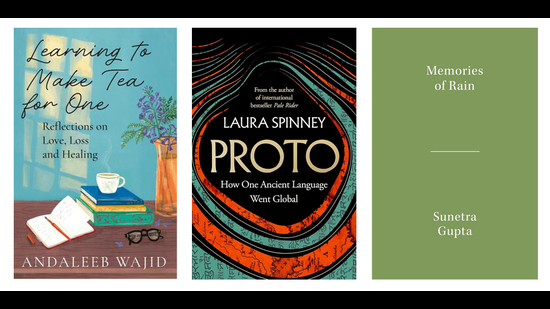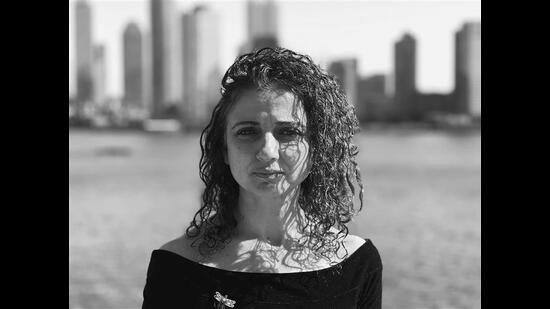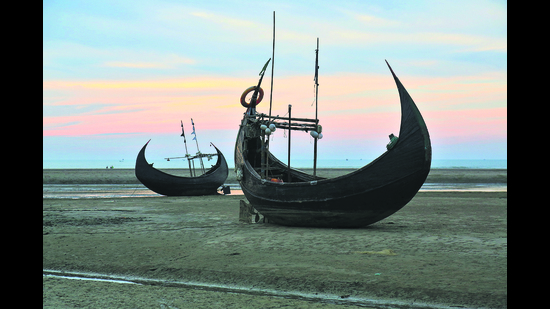QUICKREADS

HT Picks; New Reads
Andaleeb Wajid's memoir chronicles her devastating loss during COVID-19's second wave, exploring grief through personal narrative. She navigates the pain of losing her husband and mother-in-law, finding solace in writing and learning to live with absence.

Ibtisam Azem: “The reality that Palestinians live in goes beyond any dystopia”
Ibtisam Azem's novel explores Palestinian displacement, colonial trauma, and memory through characters Alaa and Ariel. It examines the Nakba's lasting impact, highlighting Palestinian narratives of loss, resistance, and survival against systemic erasure.

Barnali Chattopadhyay: “When I sing Sufiana kalaam, I forget my gender”
Renowned vocalist Barnali Chattopadhyay explores Amir Khusrau's Sufi poetry, emphasizing spiritual connection, devotional depth, and transcending gender through music. She values authentic musical expression and guru-shishya tradition, viewing music as a profound spiritual practice.

Abhay K: “Nalanda was an international melting pot where scholars flocked”
Nalanda Mahavihara was an ancient Buddhist university that attracted international scholars, teaching diverse subjects from philosophy to astronomy. It flourished from the 4th to 14th centuries, nurturing intellectual exchange before its decline due to foreign invasions and reduced royal patronage.

Review: The Company of Violent Men by Siddharthya Roy
In this book review, Siddharthya Roy explores journalism's complexities through unconventional stories about conflict zones, revealing how media narratives often oversimplify complex human experiences while challenging preconceived notions about violence, identity, and reporting.

The dynasty of the living dead
A royal family descended from Awadh's nawab lived in a dilapidated Delhi lodge without electricity, claiming ancestral rights. After decades of isolation, they died in obscurity, symbolizing the traumatic aftermath of Partition and complex identities that fell through societal cracks.

Creativity, censorship and clever camouflage
During colonial India, playwrights used mythological plays to camouflage nationalist messages, circumventing censorship laws. By embedding revolutionary themes in epic stories, writers like Radheyshyam Kathavachak and Subramanya Bharatiyar ingeniously protested British rule through theater.

Page to screen: On Queer, desire and disembodiment
Luca Guadagnino's film adaptation of William S. Burroughs' "Queer" explores the intense dynamics of unreciprocated love between two men in the Ecuadorian jungle, heightened by ayahuasca. The film contrasts Burroughs' unsentimental narrative with sensuality and desire, depicting a longing for connection and the complexities of queer identity. Through rich visuals and emotional depth, it captures the agony and ecstasy of limerence.

Review: The Deras by Santosh K Singh
Punjab's deras are religious institutions led by charismatic gurus, attracting 80% of the population. Catering to marginalized groups, especially Dalits, these 9,000 centers provide social identity, mobility, and political influence through charity and spiritual teachings.






